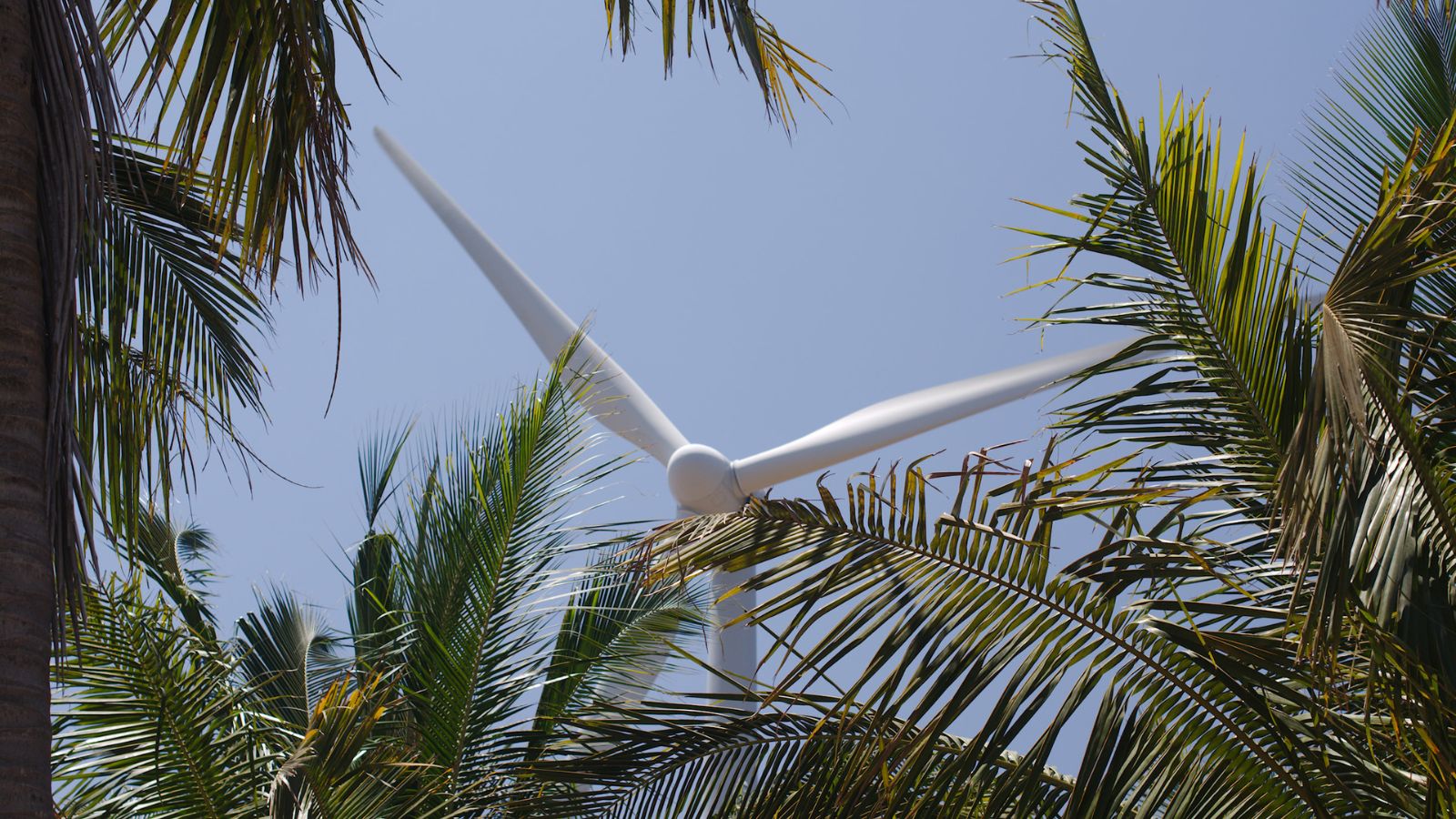During a hurricane, palm trees bend but rarely break.
So researchers are looking to the trees for inspiration as they work to make offshore wind turbines less vulnerable to extreme weather.
Lucy Pao of the University of Colorado, Boulder, says turbines are typically built so the wind hits the blades first, then the tower they’re mounted on.
The blades need to be very heavy and rigid so they don’t bend in the wind and collide with the tower as they spin.
But Pao’s team is testing a different type of turbine that looks similar but is set up in the opposite direction.
“So then the wind would come around the tower first and then through the blades,” she says. “The wind is blowing the blades away from the tower.”
So there’s no risk of the blades striking the tower. And they can be made lighter and more flexible.
“The blades are not fighting, if you will, against the wind, but just kind of going with the flow of the wind,” Pao says.
Lighter blades would require less material, so Pao says the design could also save money.
Her team has successfully tested one full-sized turbine. She says more research and development is needed.
But the approach could provide a way to build wind turbines that are more lightweight and resilient to dangerous storms.
Reporting credit: Sarah Kennedy/ChavoBart Digital Media
Source link


